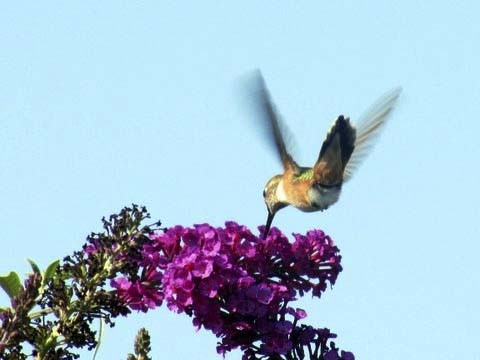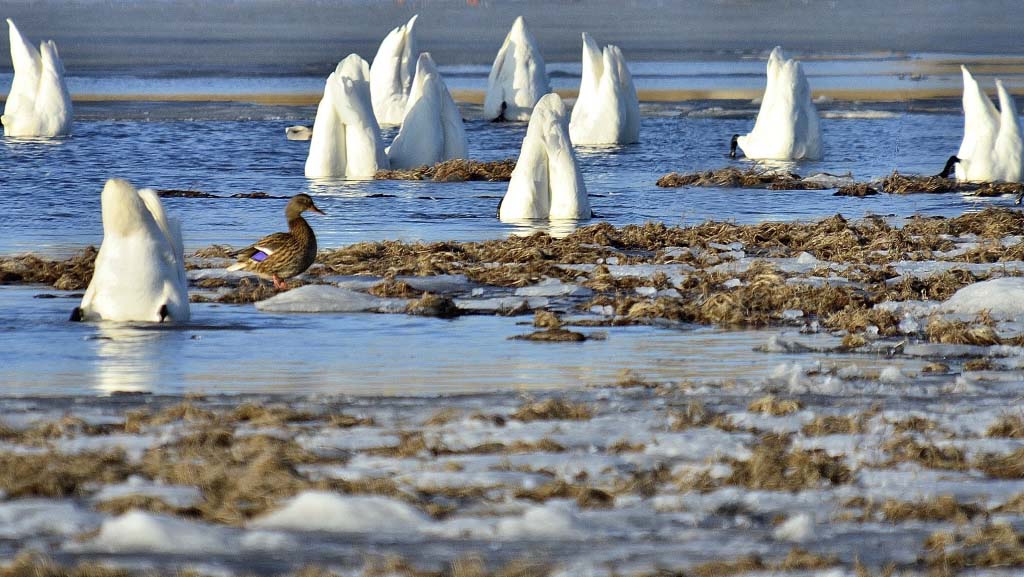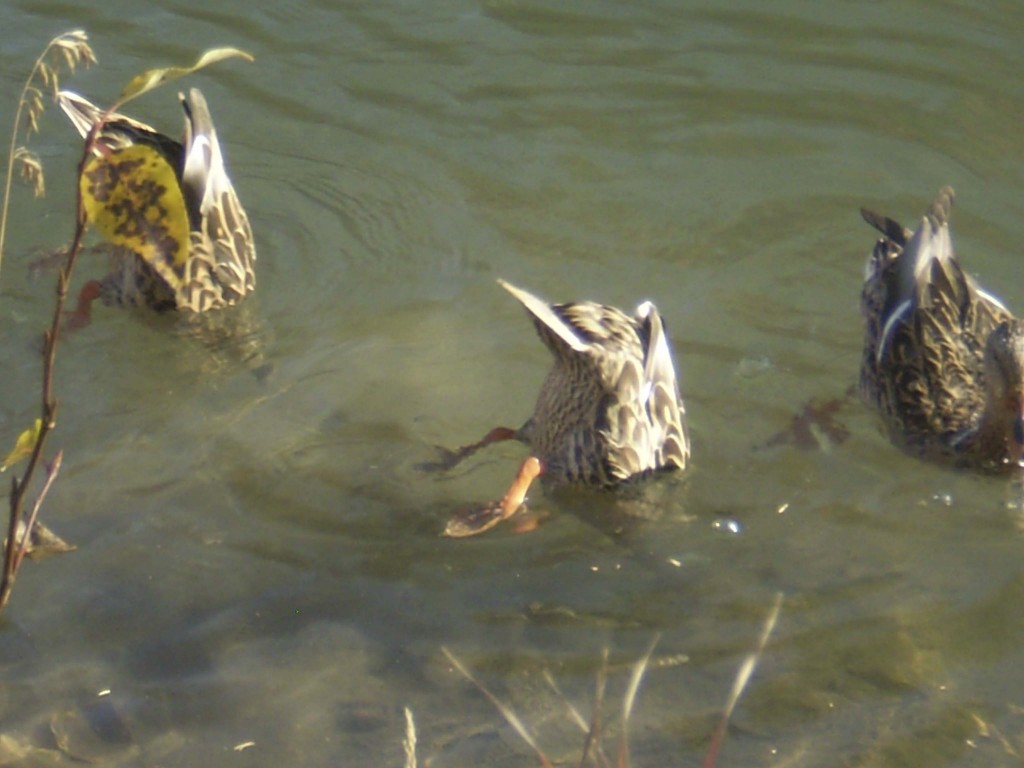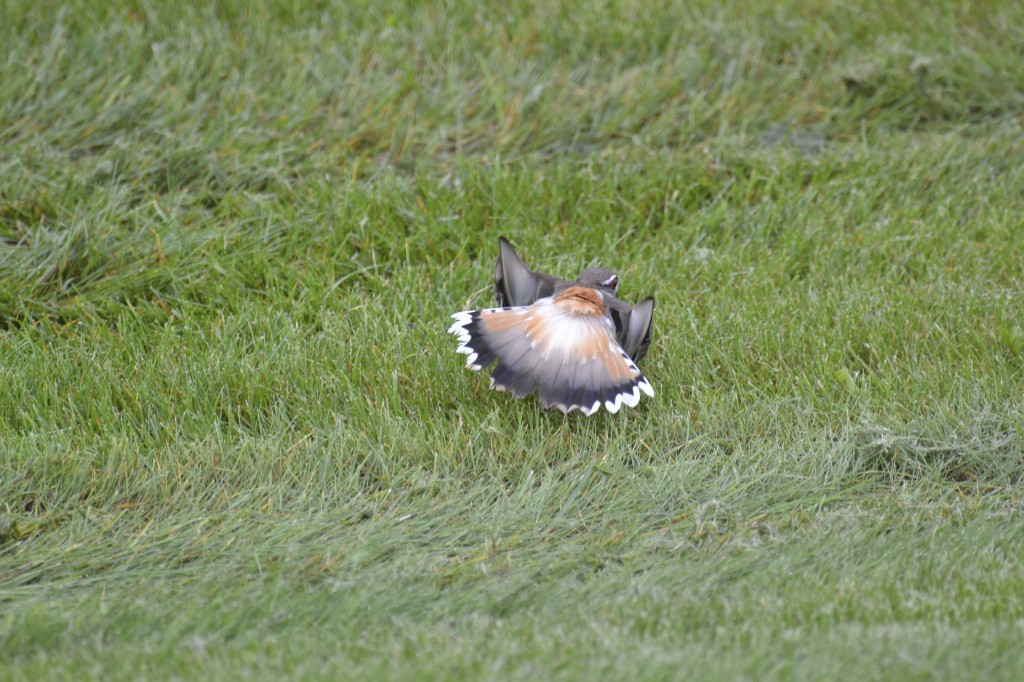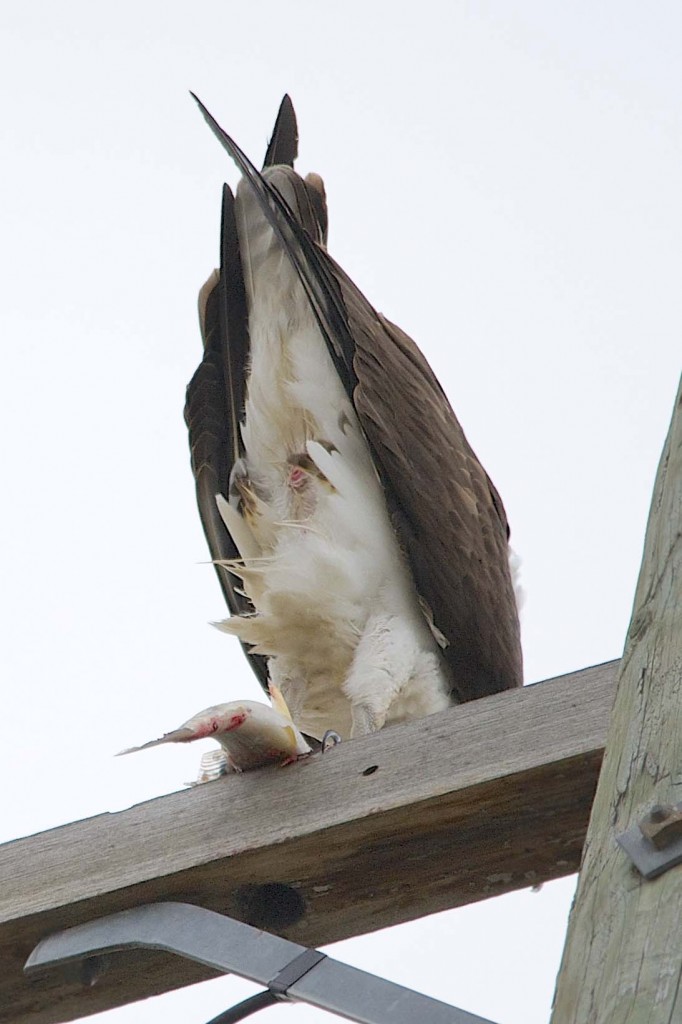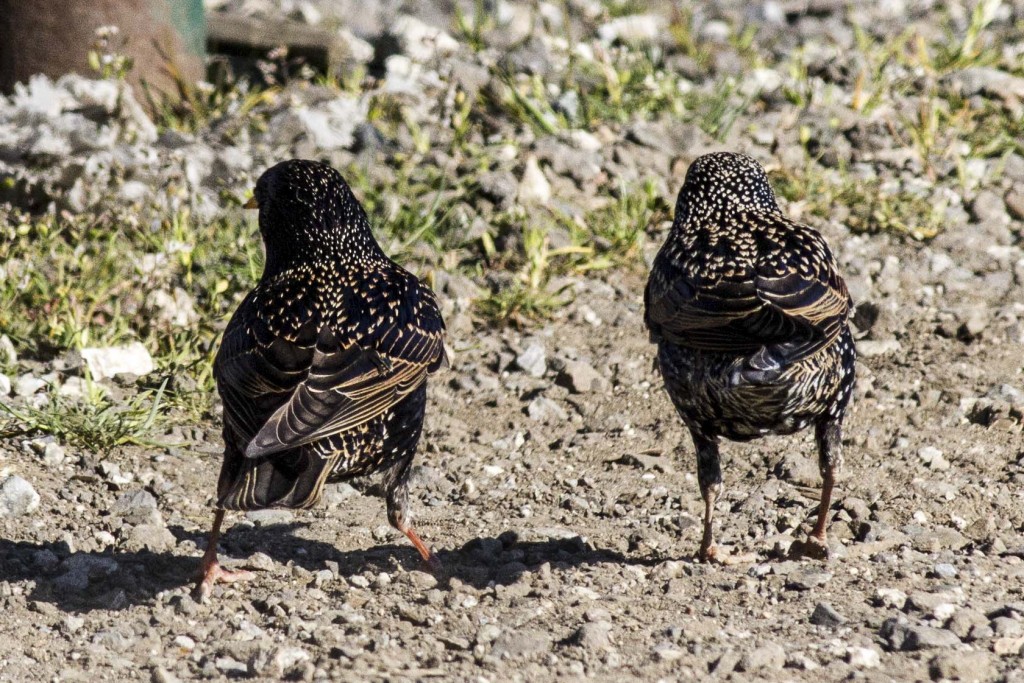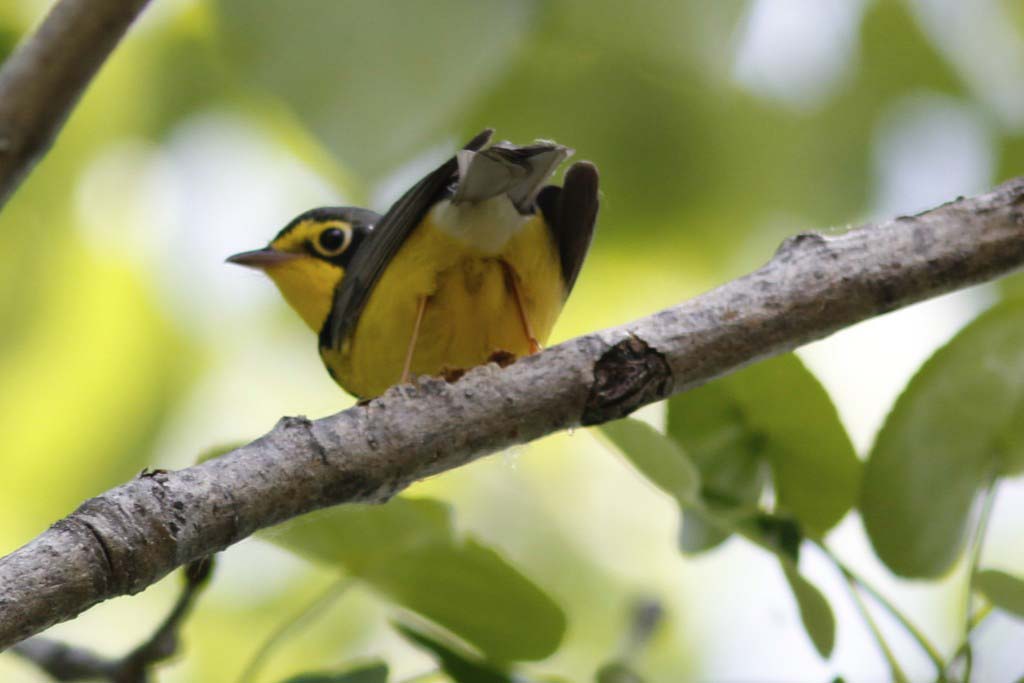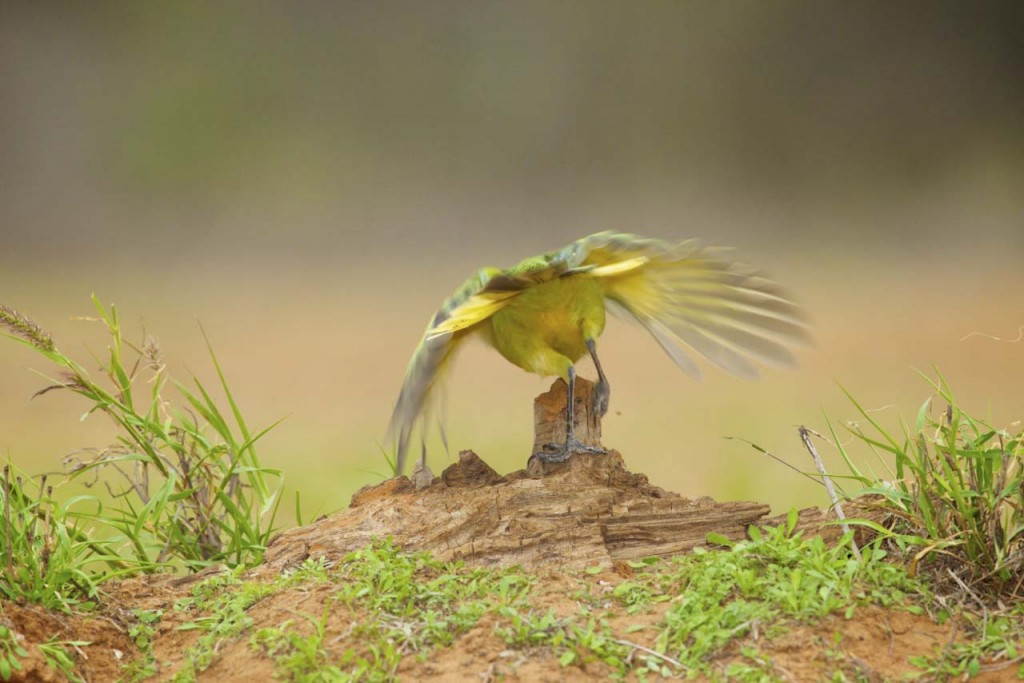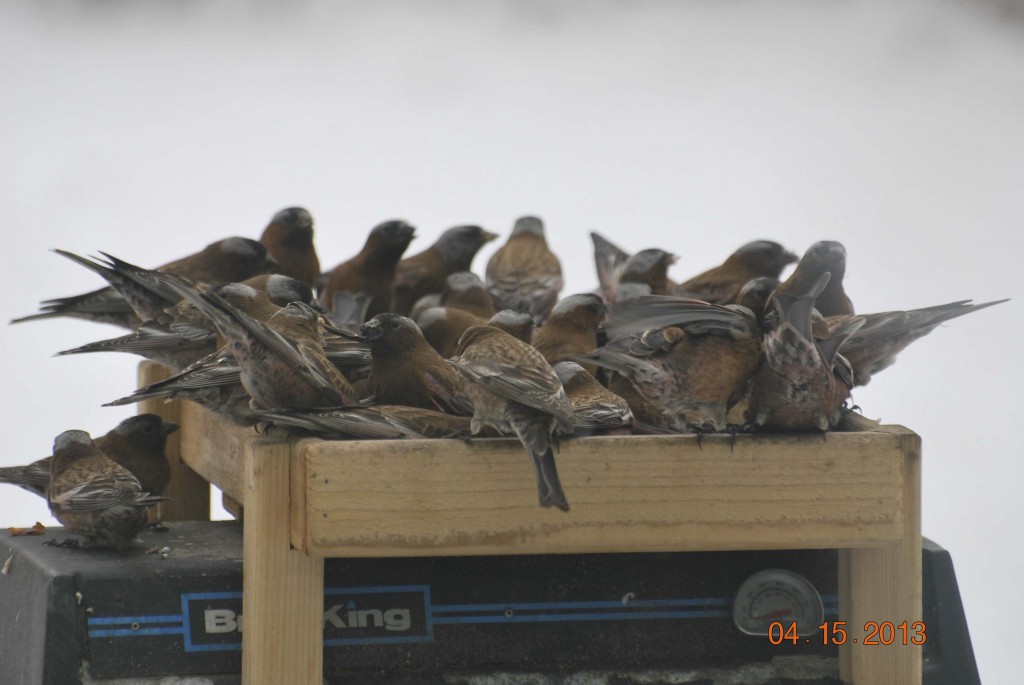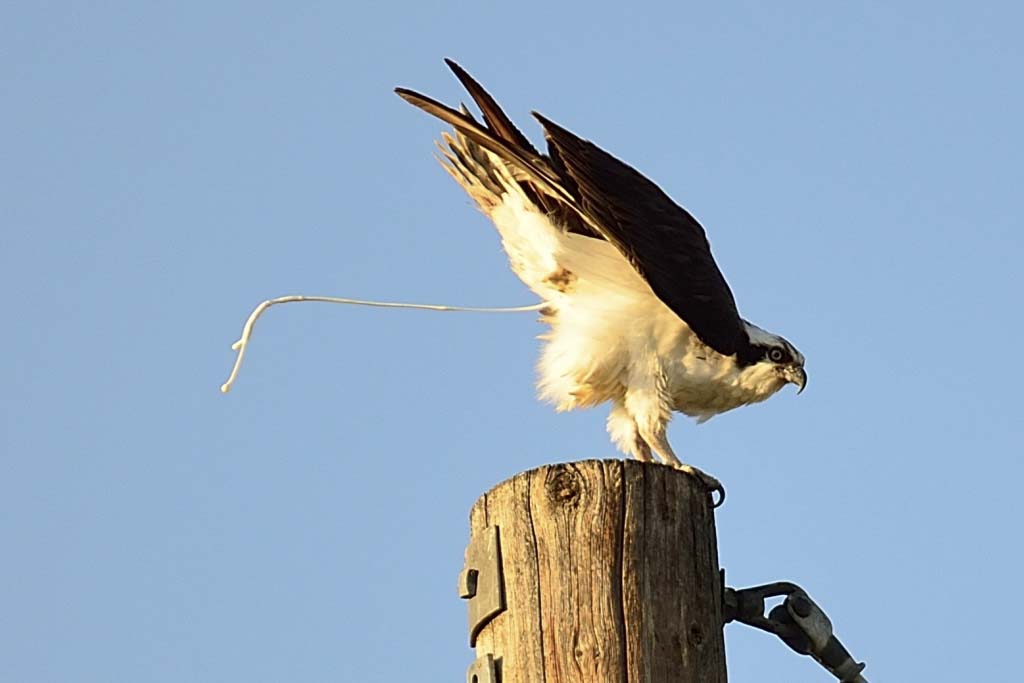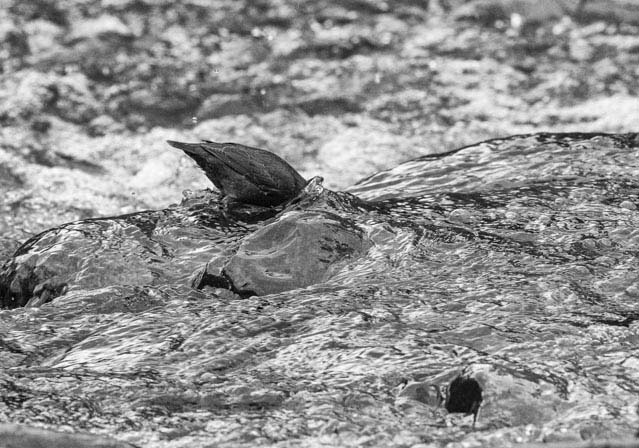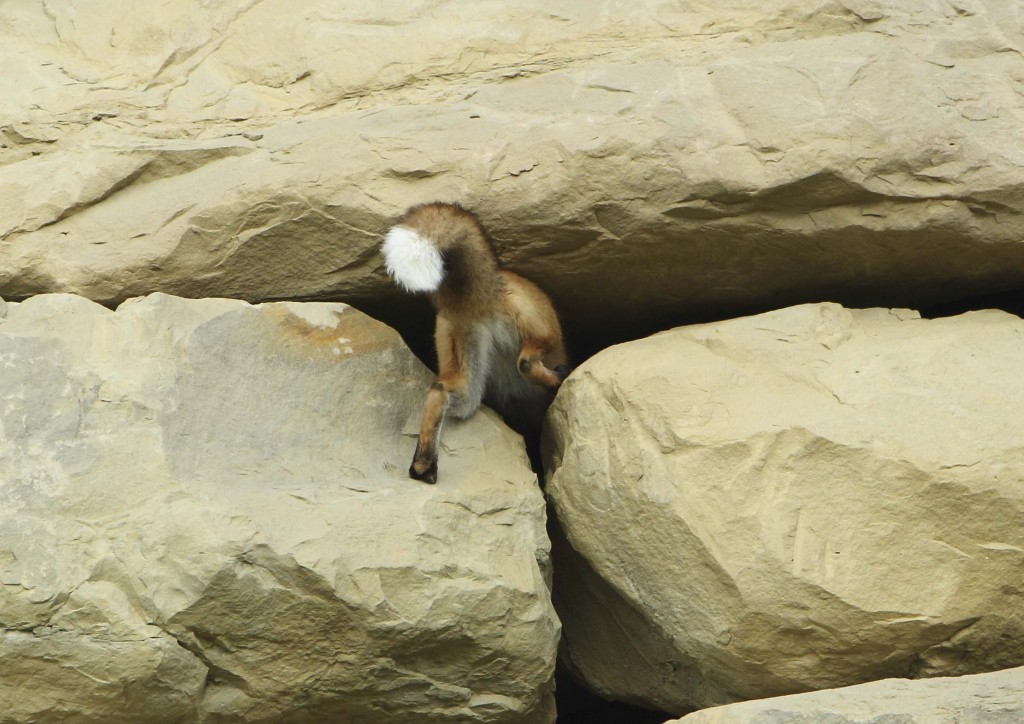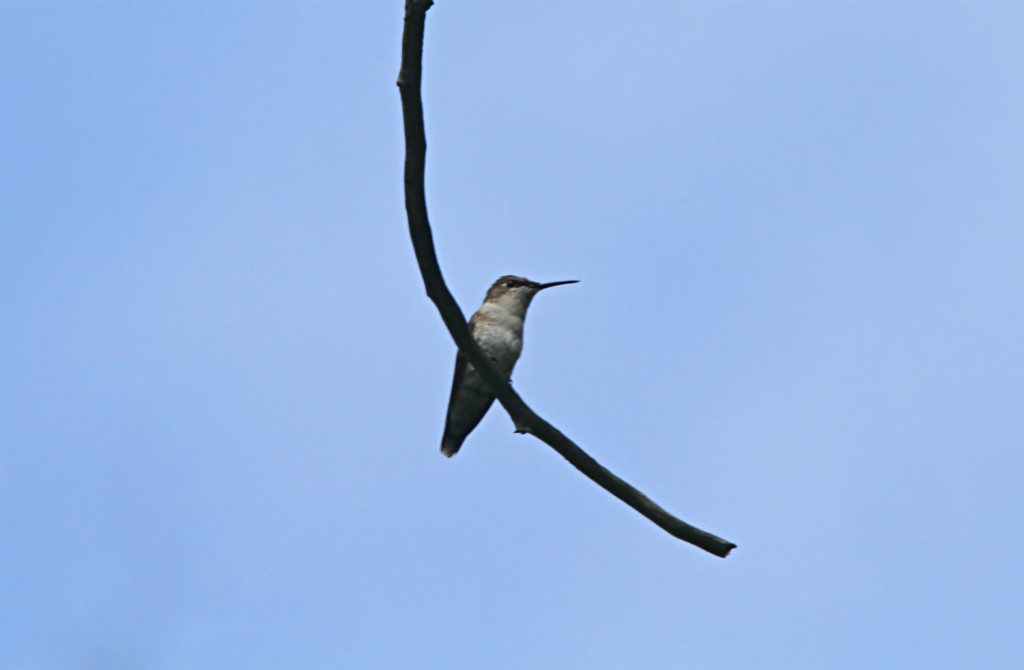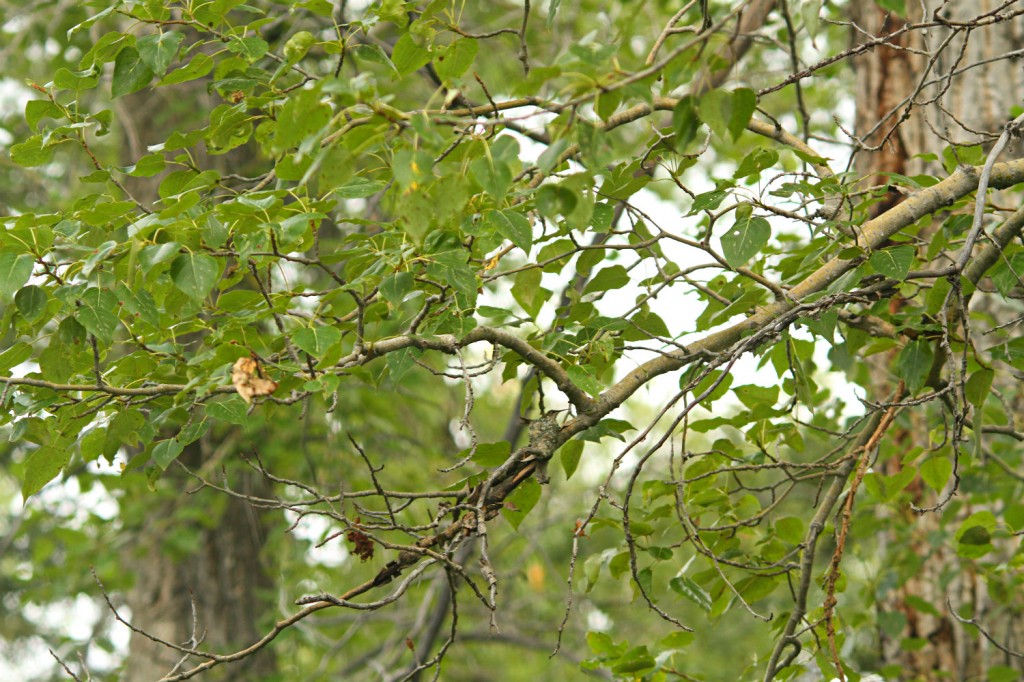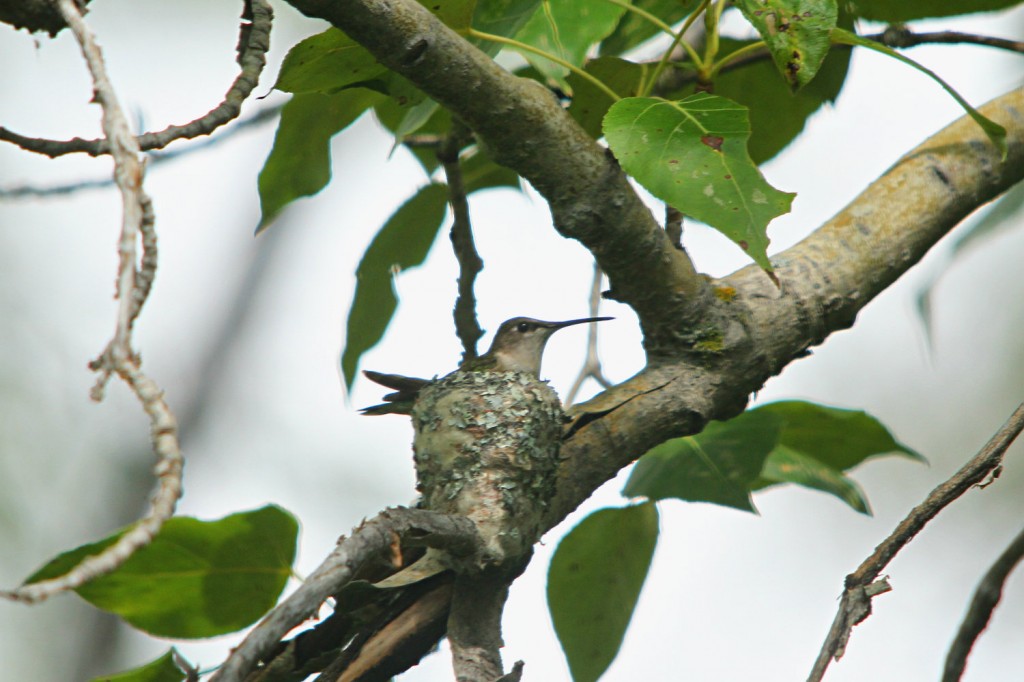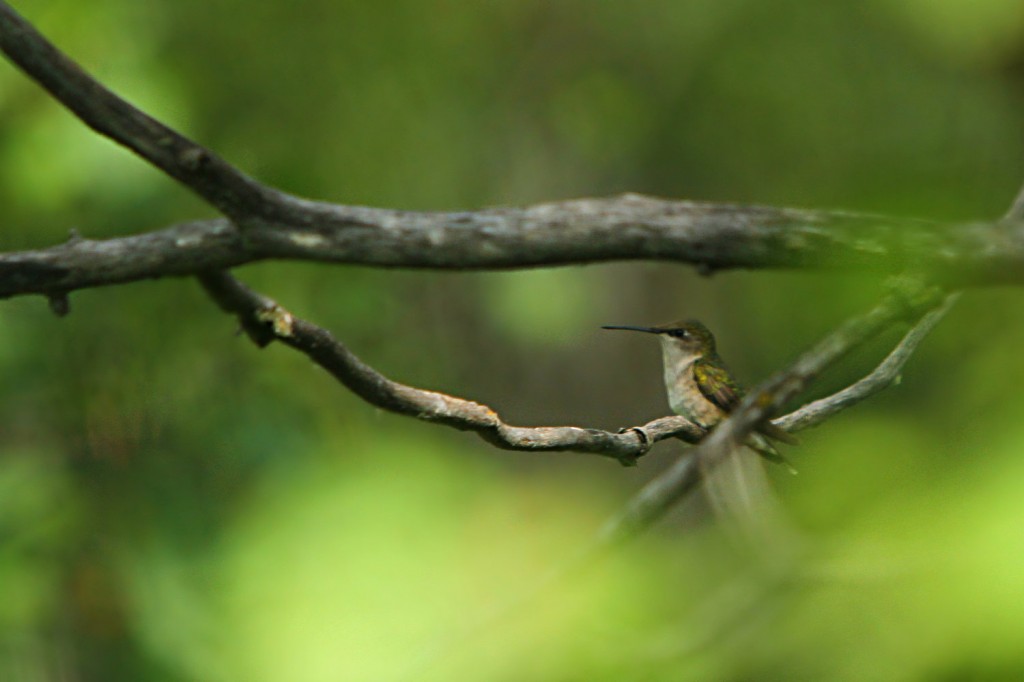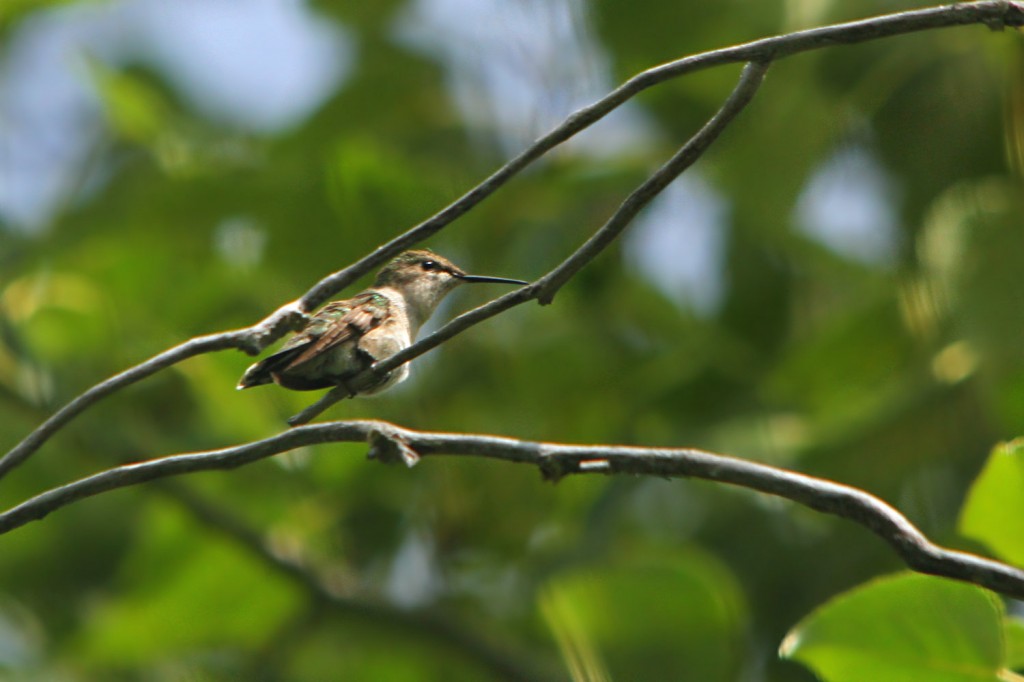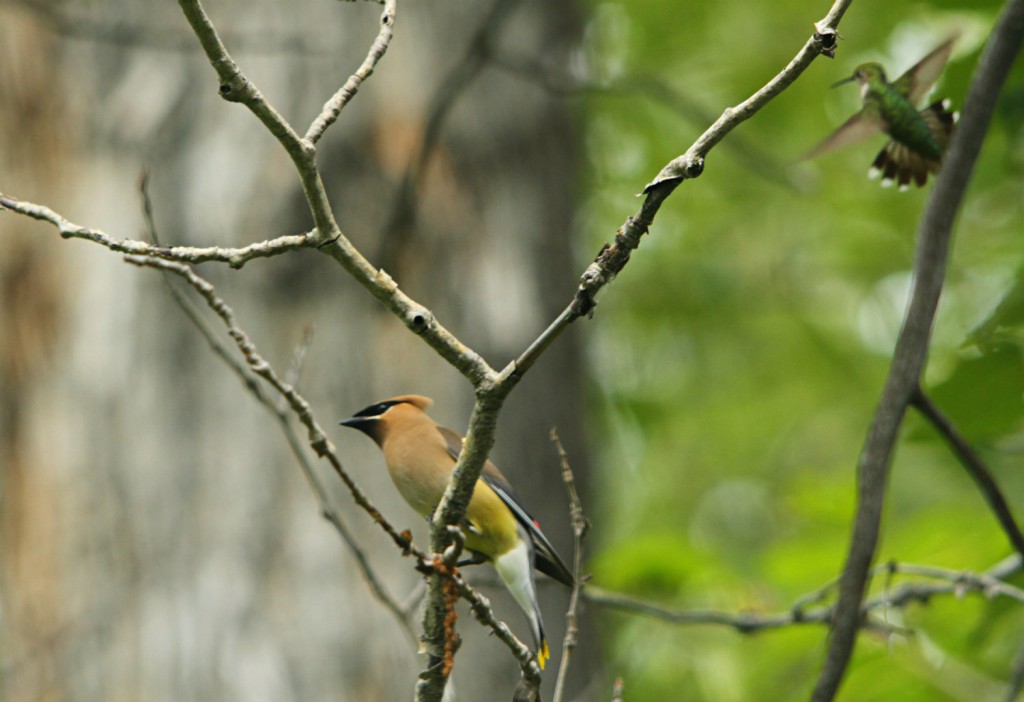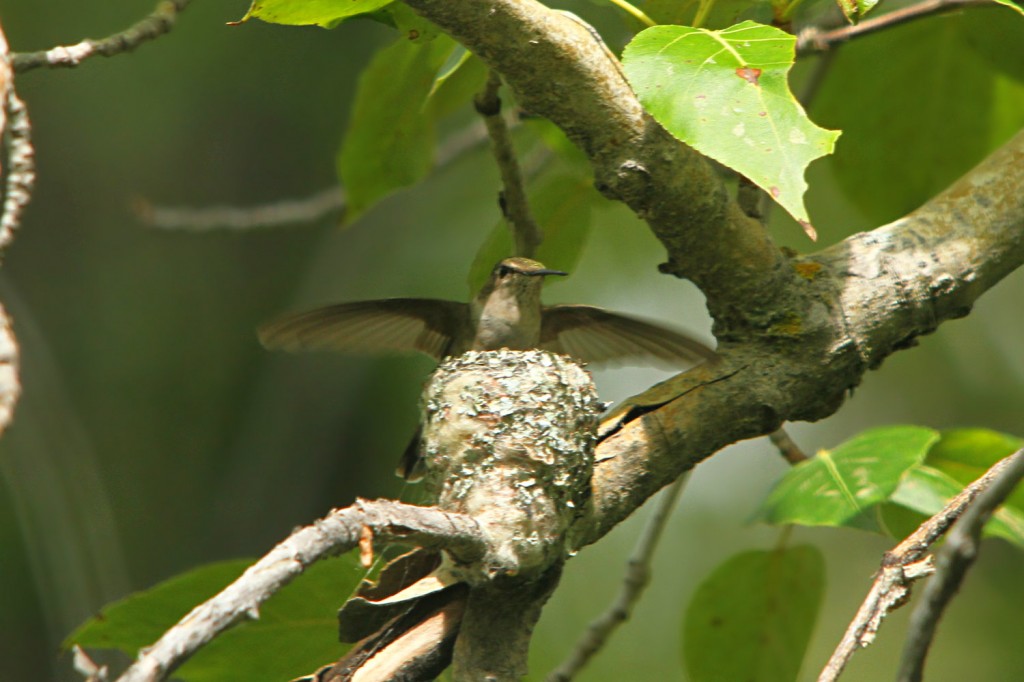Posted by Dan Arndt
For the second week in a row, the weather cooperated with this past Sunday’s walk, giving us great light, good clear skies, and warm temperatures.
It’s always nice when we get chinooks here in Calgary, and today was no exception. Fewer layers make for a much more comfortable morning, and while we didn’t have the largest species count of the week, we arguably had the nicest day!
As you can probably tell from the map, the sightings were really concentrated between two areas of the Weaselhead. Near the parking lot at both the start and finish of our walk, and deep in the heart of the Weaselhead, concentrated primarily around a couple of special feeding stations.
I arrived about five minutes late for the Sunday walk, but it did allow me to capture a pair of species that didn’t really provide much in the way of good looks later on, so it was a bit of a blessing in disguise as this female House Finch inspected me as I was getting out of my vehicle, and just a short walk down the path while I was hoping to catch up with the group a Black-billed Magpie caught the light just perfectly to accentuate the iridescence normally hidden in its black feathers.
It didn’t take me long to catch up with the group, and we stopped at the usual spots along the pathway leading down into the valley, but the sound of this male Downy Woodpecker tap-tap-tapping on the trunk of this small willow caught our attention. I just love how the backlight of the early morning sun accentuates the red on the back of his head.
After watching a bit of a feeding frenzy by Black-capped Chickadees and a pair of White-breasted Nuthatches at one of the first feeders, the birds quieted down quite a bit on our walk. A Blue Jay gave us a flyover near the first bridge, doing one heck of a job impersonating a Bald Eagle’s screams, and a few flights of Bohemian Waxwings had us looking at the tree tops to spot them alighted, but sadly we would have to wait.
One particularly eagle-eyed observer did happen to spot this male Northern Flicker sitting stock still in a poplar. I still have no idea how she spotted it. Can you?
Once we re-entered the thick woods though, we were once again greeted by the ever-present Black-capped Chickadees and more than a few Red Squirrels came for a bite to eat as well.
While we waited at this spot for a good ten minutes trying to lure in a Boreal Chickadee, they were feeling rather shy today, with a pair of them coming in for a look at our group, make a few calls, and fly off again, despite my playing a few calls for them in an attempt to offer our group a half-decent look. For all our effort, only three or four of us got brief glimpses of them.
As we turned to leave the little grove, we stopped to check out a large flock of Bohemian Waxwings that flew in just as we were on our way out.
As we packed in our search for our target species and began the trek back to the parking lot, I couldn’t resist taking yet another photo of our enthusiastic group, as well as the habitat of the Weaselhead as well. These photos were taken in an area that six months previously had been the home to a good number of Calliope Hummingbirds, who are now enjoying the warm weather of Mexico and Central America.
As we reached the top of the hill on our trek back, we finally had our first raptor sighting, with this 3rd year Bald Eagle flying high over the Glenmore Reservoir and into the distance. I particularly like the fact that it decided to wheel around to the southwest of us, giving a very nice background to shoot as well. For those earth science nerds out there like me (or those inclined to mountain climbing), those peaks are Mt. Cornwall on the left, and Mt. Glasgow on the right.
It was also nice to get an overflight of Bohemian Waxwings (maybe even the same group I had shot earlier) as I was packing up my gear and putting it away in the jeep for the trip home.
Thanks again for reading, and good birding!




























